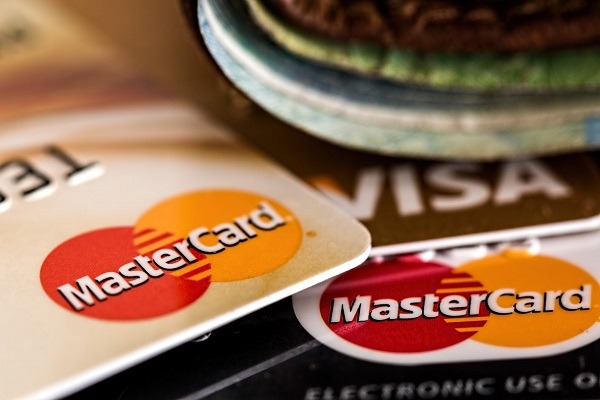In the modern-day and age, people live a life that is filled to the brim with debt. They have debt from birth until their final days due to medical bills, student loans, mortgages, and second mortgages. The list goes on and on. Craig Lawrence Fuller, a bank manager from Pembroke Pines, Florida, believes that people need to maintain good credit scores.
This helps them do things like buy homes or cars without paying exorbitant interest rates or even be denied for those items outright. At least, that is one of the reasons there are two methods by which you can improve your credit score: paying down debt and increasing available credit, which often includes opening up new accounts.
To increase available credit, a person will generally need at least three to four credit cards. This allows a person to have at least three or four revolving “lines of credit” that they can use and then payback. If one card is maxed out — meaning you’ve spent as much as possible with it — and can’t receive any more credit, then opening up another account will allow you to spread the debt around and not be stuck with only having one way to spend via your credit cards. Here are some of the ways that having credit cards can help your credit score.
Larger Total Credit
Having more than one credit card accomplishes one thing. It raises your total credit limit. If you then maintain the same level of spending, this can improve your credit score because of your credit utilization. Credit utilization is the total amount of your credit limit that is being used at any time. The amount you owe makes up roughly 30% of your credit score.
Craig Lawrence Fuller understands that if you have a limit of $1,000 and spend $200 on average, you have a credit utilization of 20%. However, if you get another card with a $1,000 limit, you have effectively lowered your credit utilization to 10%.
Payment History
The only factor more important to your credit score than your credit utilization is your payment history. If you have multiple cards, this means more accounts are reporting your payments on time. This will help you maintain a better credit score.
Increased Length of Credit History
Every time you open up a new account, the length of your credit history increases by however long that card has existed. Having another line of credit can then increase your overall average age of lines of credit, which is one of the most important factors in determining your credit score.
Craig Lawrence Fuller believes that the biggest benefit to having additional credit cards is that it allows for increased variety. If you tend to pay their balance in full each month, or even more than once a month, this allows you to use the card sparingly while still maintaining your utilization at 30% or less, which can help prevent things like credit card debt from happening. Having multiple credit cards can also indicate your financial stability, another important aspect of maintaining a good credit score.
By having more than one credit card, you will have a better chance for creditors to trust you with larger loans in the future since you prove with your spending habits that you are capable of responsibly using credit.
Consolidated Debt
Having more than one account allows you to consolidate your debt. This means that you can take all of your debt and transfer it to the one card with the best interest rate. Then you can pay off your other cards in full, thus lowering your credit utilization on each card individually.
Craig Lawrence Fuller feels that having multiple credit accounts is a good thing for your credit score because it allows you to have more available lines of credit, which helps lower your overall utilization ratio.
This is important for maintaining a good score, as well as increasing the total amount of time that you’ve been using credit, making up a portion of how long you’ve been doing so responsibly. Opening new accounts also increase your credit history length, allowing you to have a longer average length of credit history. This is also an extremely important factor in determining your score. Having multiple accounts reporting on-time payments with a relatively equal amount of debt from each card account will help you maintain a good score.
Revolving Payments
One of the major benefits of having multiple credit cards is the ability to make revolving payments. Payment history is one of the most important aspects of your credit score. Negative payment history and closed accounts will stay on your credit report for seven years.
While positive payment history will stay on your report for ten years, so to give an example, if you have four cards with a $1000 limit, and you only use one card to spend $200 a month, you can use one card to pay off the others until you get down to the last one, and then pay off the last one with cash. This shows activity and credit utilization on all cards, which can help with reward points, and shows positive payment history on all cards.
Final Thoughts
In short, having credit cards can improve your credit score by helping you increase available lines of credit. This will help you maintain a lower credit utilization ratio and increase the length of your average credit history, which is an extremely important factor in determining your score or you can visit Daily Prosper for more information.
Having multiple accounts reporting on-time payments with relatively equal debt from each account will help you maintain a good score and give you more opportunities to open up new accounts as time goes on.
